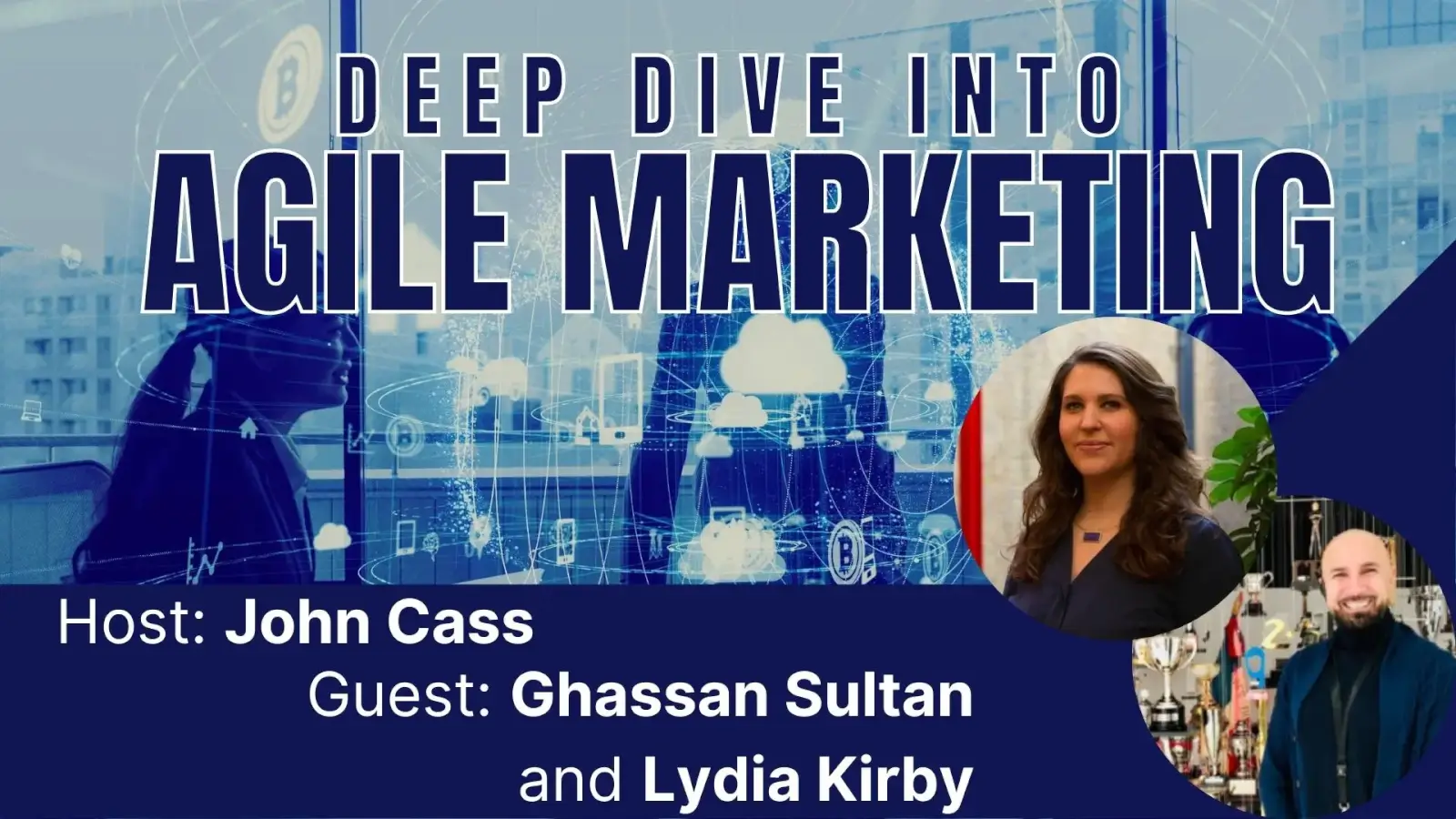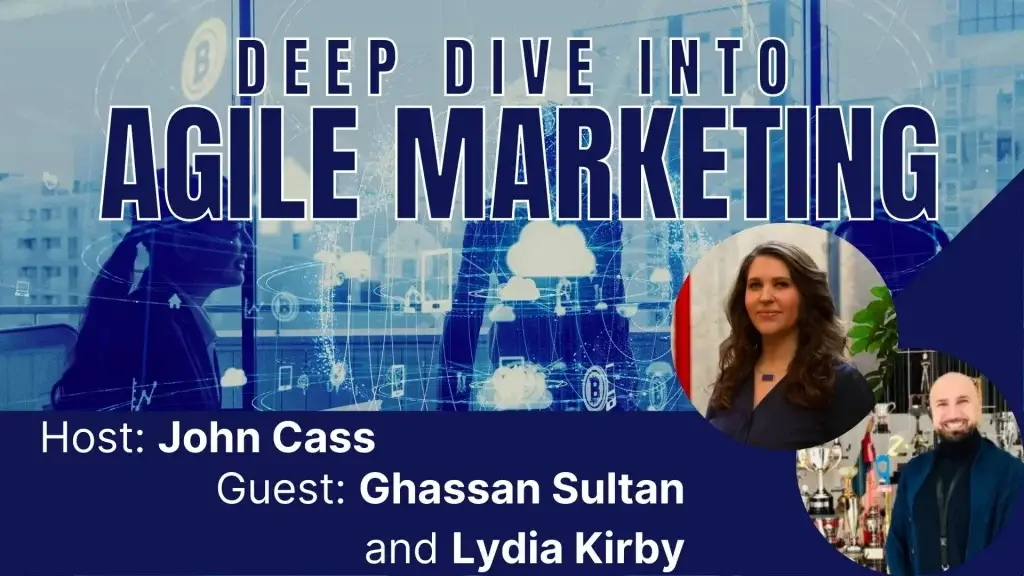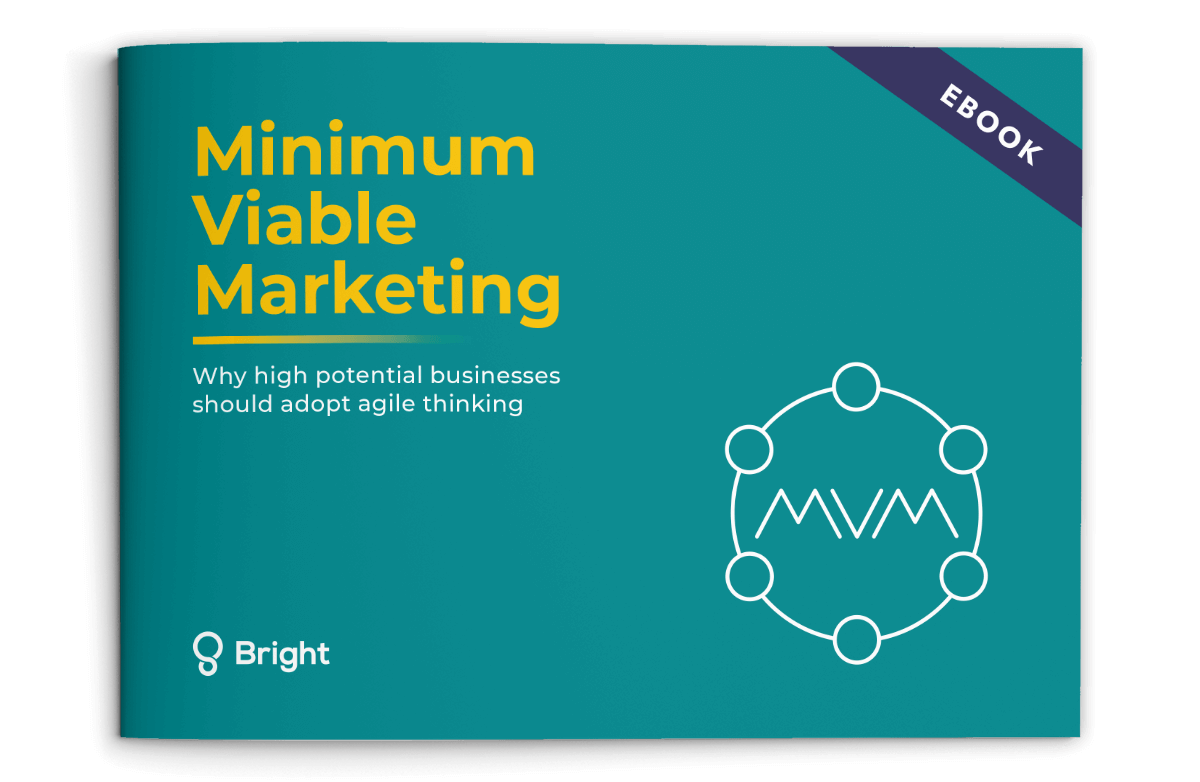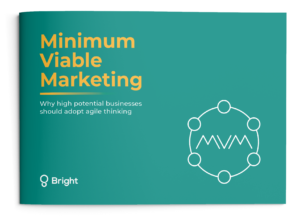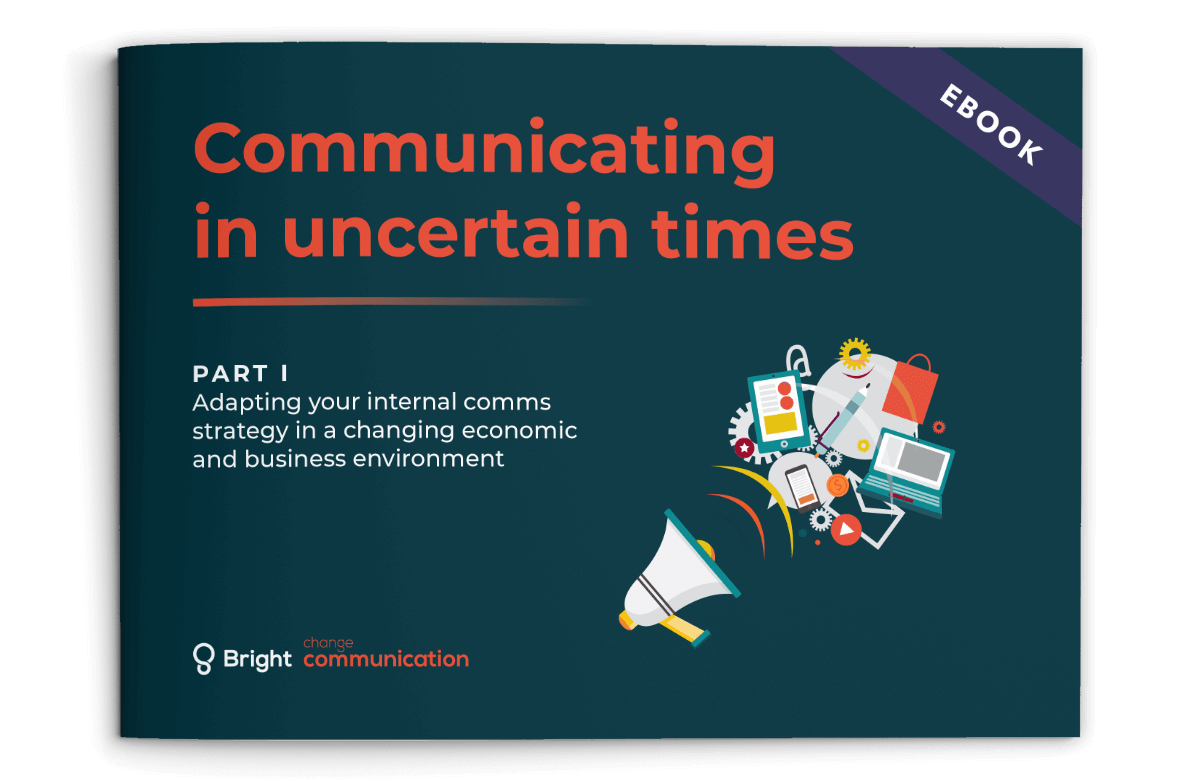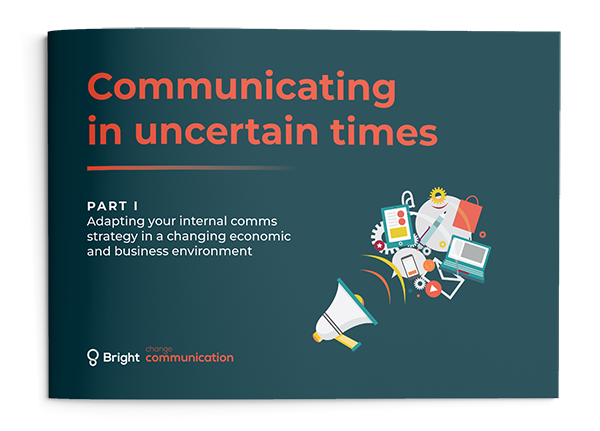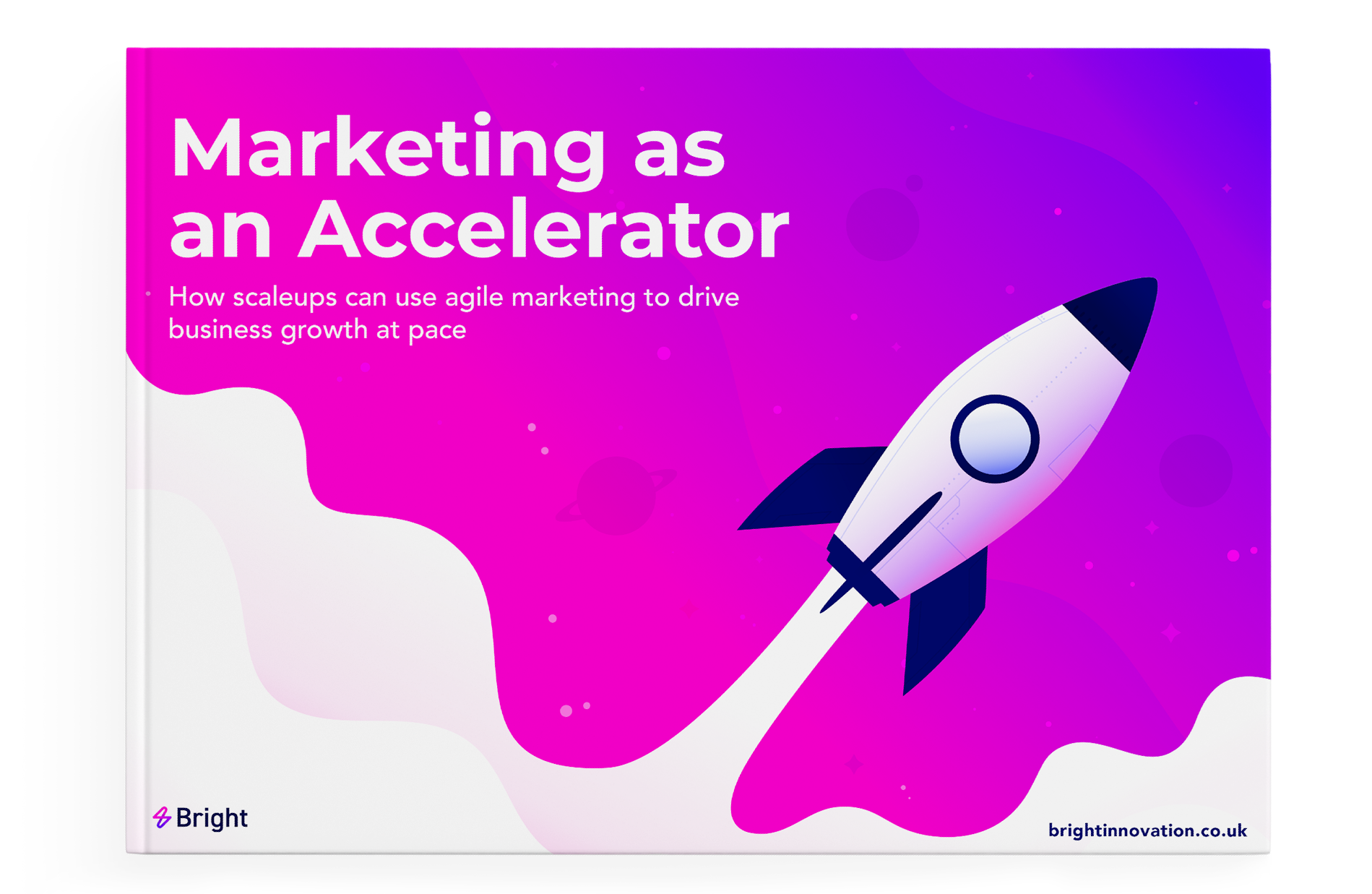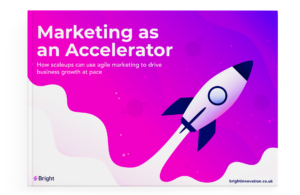2021 has been a bumpy year so far, starting out in the firm grip of the pandemic and rapidly evolving into a more positive outlook for most firms as society and economies started to unlock and learn to live with Covid day-to-day.
Bright has been flexing our agile marketing muscles this year with a focus on experimentation, testing, rapidly learning, and building on success for clients to remain lean whilst taking advantage of every opportunity a fast-moving and unpredictable market allows. We’ve seen the good, the bad, and the ugly of B2B marketing as we’ve strived to embed new ways of working to bring greater marketing agility across our tech & consulting-focused clients. So, what have we learned – here are the top four things marketing teams need to pay attention to now:
Data trumps opinion
As agile marketeers, we rely on data to fuel our learnings and inform where we invest more time and effort next to improve marketing output and impact. Closed feedback loops are critical for marketers to evaluate and assess the performance of an activity. This means marketers have become savvier at setting KPIs and metrics to measure and evaluate success. There is still room for gut instinct and experience, but it must be backed up with insight.
Dealing with data has meant marketers need to develop skills around data analysis and synthesising data from disparate sources quickly to pull out the key learnings and make decisions around where and how to drive improvements.
What if you have no data to start with? Then marketers must be creative and tap into their networks to find look-alike data or industry benchmarks to put an initial stake in the ground and learn from there.
Farsightedness
The pandemic truncated markets and forced budget reduction and freezes[i], and the resulting uncertainty has made everyone much more near-term in their focus. Marketers need to make sure they balance short term tactical activity with meeting longer-term strategic goals and know the difference between the two.
Although all marketers have, without a doubt, become more resilient, agile marketers have found it easier to prioritise and pivot to match the disruption in the market. Agile marketing doesn’t mean there isn’t a plan, its focus is on using short sprints to move towards long-term goals. Learning to set and balance near-term KPI and metrics with the long-term strategic goals and priorities is a critical skill for marketers to develop.
Agile marketing relies on adopting a test, learn and build closed-loop model – these cycles of experimentation are often short, and sprint-based. Agile marketers benefit just as much from some second order thinking skills[ii] to make sure their experiments are robust beyond just the initial intent and factor in longer-term impact beyond the sprint they are in.
Patience is a virtue
Marketers are spending an increasing amount of time justifying their budget investments. However, it must be considered that any marketing process takes time, especially in complex high-value B2B tech sales cycles. Marketers need to be honest and open about the time it takes to build momentum, especially around brand activities. A recent LinkedIn study found that digital marketers often measure ROI too quickly. While the average length of a B2B sales cycle is six months, only 4% of marketers measure ROI over 6 months or longer[iii].
Agile marketing helps marketers to work in a more sustainable, and ultimately leaner, way. Enabling you to show ROI early by optimising successful activity via the test, learn, and build cycle, discarding or changing things that underperform quickly. Metrics in agile marketing cover both sprint-based outcomes to show short-term performance impact combined with longer-term (campaign or project) KPIs for ROI which aligns with the business goals. Agile marketers were more confident that they were able to demonstrate ROI than those taking a more traditional approach[iv].
Breaking down internal silos
A major challenge faced by marketing teams is that they lack permission to be curious and experiment. Hence, marketing teams are still struggling to form cross-functional teams to become more agile and breaking down internal silos. This often leads to a painful lack of customer centricity reflected in poorly constructed value propositions and campaigns.
The great tech marketing teams are focused on new ways of working as a cross functional team – what they can learn, where they can improve, and how it aligns to their business goals.
[i] Bright 2021 B2B marketing trends report – #1 area of challenge for marketers is doing more with less (page 6)
[ii] https://www.techtello.com/second-order-thinking/
[iii] https://business.linkedin.com/marketing-solutions/success/insights-and-research/marketing-ROI
[iv] Bright 2021 B2B marketing trends report – confidence in measuring and demonstrating ROI to leadership (page 15)






